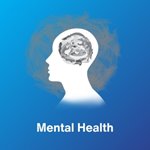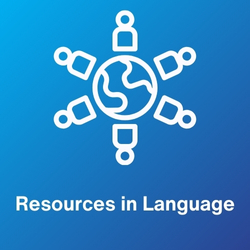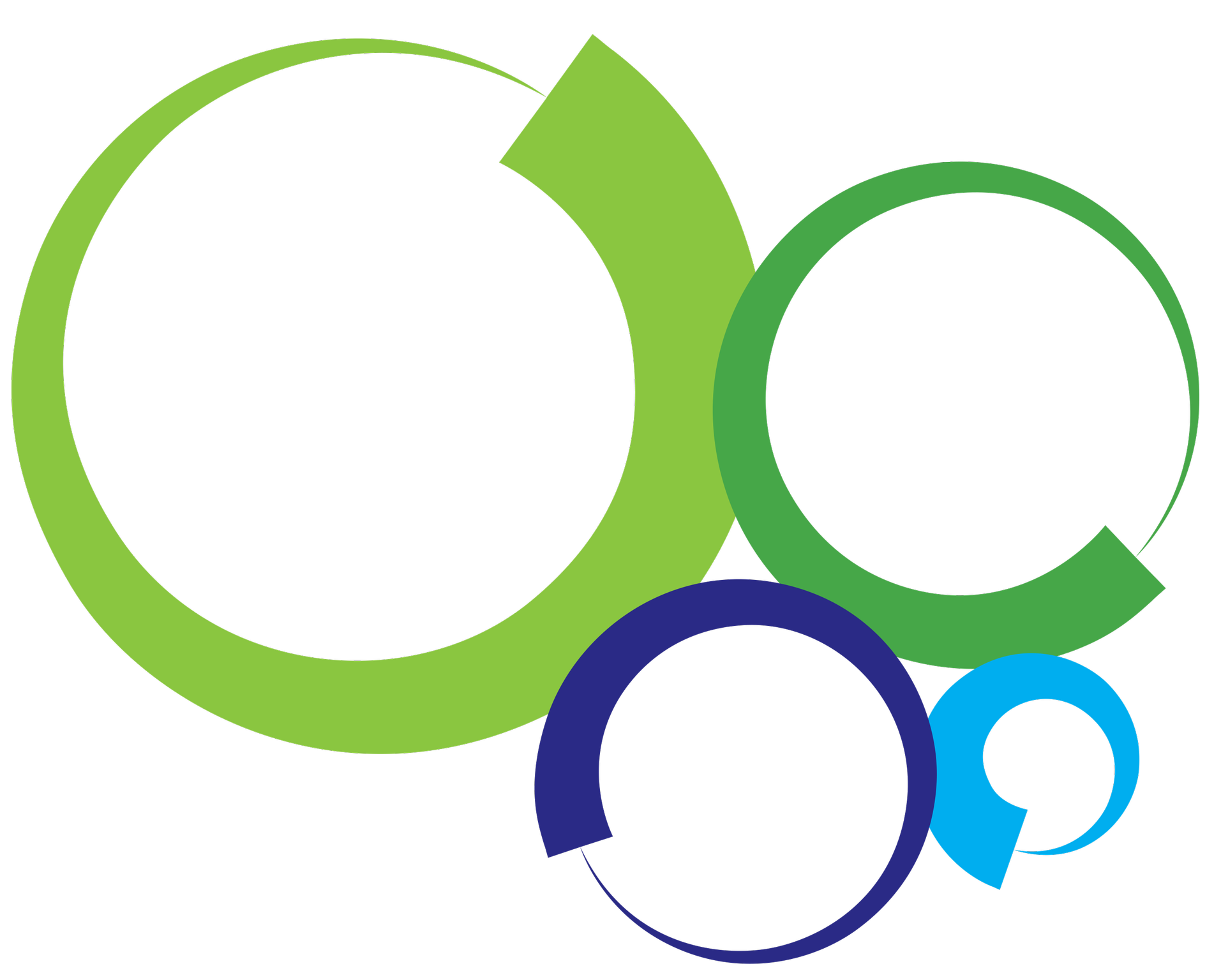Disaster Planning for your health
To stay safe and well in an emergency or disaster it's important to:
Know your risks (especially for your health or that of those you care for), be prepared with a disaster health plan tailored to your condition, know how you will stay informed to best look after yourselves and those you care for.
There are certain people that are more at risk from disaster and emergency events including:
- People who have a disability
- People who rely on electricity for life-sustaining and assistive technology
- Older people
- People with chronic health conditions
- People who live by themselves or have limited social connections
- Aboriginal and Torres Strait Islander people
- People from Culturally and Linguistically diverse backgrounds
- Pregnant women and Children
- Those with limited finances
You can find specific tips and resources below to help you stay safe and well if you are in one of these groups.
Knowing your risk
In our region, we can be subject to multiple hazards including bushfire, storms, flooding – riverine and flash, heatwave, power and communication outages, road and bridge closures and more.
Emergency Services websites have tools to help you identify risks:
You can talk with local experts about your risks by searching your local emergency service:
Often emergencies will be followed by other risks such as power outages and road and bridge closures which can result in assistance delays. Services could be unavailable for an extended time. It's important to know you may have:.jpg)
Knowing your health risks
If you have a chronic illness or disability or other risk factors you may be more susceptible to the impacts of natural disasters such as extreme heat. It is good to be prepared for when a natural disaster or an emergency occurs.
Your health provider will be able to help you identify specific risks you may need to plan for but some of the minimum suggested actions are here. You will also find some condition specific suggestions and resources below.
Being prepared means having a plan in place to ensure you have all the medicines, equipment and supplies you need on hand or readily accessible, and contacts for medical services and GP’s available, in the event of a natural disaster or emergency.
Being prepared
Create a plan
- Everyone should fill in a Rediplan or similar from Get Ready NSW.
- You can create a plan on your phone or device with the Get Prepared App
- If you have a disability, rely on specific equipment to live or have other specific health or care needs you can complete a Person-Centred Emergency Preparedness (P-CEP) plan.
- Keep your plan with your emergency kit in a safe place, Familiarise yourself with your plan regularly to keep it up to date. It’s important to share with family and carers.
Discuss your plans with your doctor
There are things you may need to plan for to ensure you keep safe and well in an emergency, especially if you or someone you care for has a chronic health condition.
- My Health Record: In emergencies, healthcare providers can access your medical details through My Health Record, a secure platform storing your medical history, allergies and medications online. It is important you set this up before an emergency or disaster. Your doctor can help you set this up and upload all your medical data to My Health Record. You can also download the My Health app.
- Assemble an Emergency Kit: Include essential supplies such as blood glucose monitoring equipment, spare batteries, medications and prescriptions.
- Prepare for Power Outage: Plan with your doctor on storing medication safely and ensuring continued access to life-sustaining equipment. Create a Power Outage Plan
- Communicate Your Needs: Carry a list of your medications in case of shortages. If you have to leave your home and go to an evacuation centre, let the staff at the centre know about any health conditions and medication needs.
- Establish a Support Network: Arrange for a neighbour, friend, or family member to check in or assist if you need to evacuate, particularly if you don’t drive or own a car.
Accessing medication and medical records
During a natural disaster or emergency, you may need to leave your home. It is important that you have enough medication, access to your prescriptions and any medical records you may need. If you leave home without your prescriptions or medicines or they are lost, you can:
- Contact your doctor – they can send a prescription to a nearby pharmacy. If your regular doctor is not available visit the healthdirect website or call 1800 022 222 to speak to a health professional for advice.
- Speak to a pharmacist – In a declared emergency they can provide a 3-day emergency supply of many medicines without a prescription or call your doctor for a verbal prescription.
- Set up Active Script List – Ask to set this up with your pharmacist. Your pharmacist or doctor can then access these scripts in an emergency. For more information go to Electronic Prescriptions.
- Request an eScript – your doctor can send an electronic prescription up to 7 days
- Use telehealth – if you can’t visit your doctor, find a telehealth provider using the healthdirect service finder
- Put together an emergency kit: Keep medications, prescriptions, and health cards in your emergency survival kit.
- Keep contact details in a safe place: Write down or keep your doctor’s contact details in your phone in case you need a new prescription.
Staying informed
To know where you can access a doctor, pharmacy or urgent care in a disaster or emergency you can visit healthdirect.gov.au or call 1800 022 222 for 24-hour health advice.
Remember in an emergency call 000
In an emergency event you can stay informed through your local Council’s Emergency dashboard, emergency services, the Hazards Near Me App and the ABC 702AM.



.jpg?width=150&height=150)



.jpg?width=150&height=150)




.jpg?width=150&height=150)




.jpg)
.jpg?width=150&height=150)



.jpg?width=150&height=150)




.jpg?width=150&height=150)
